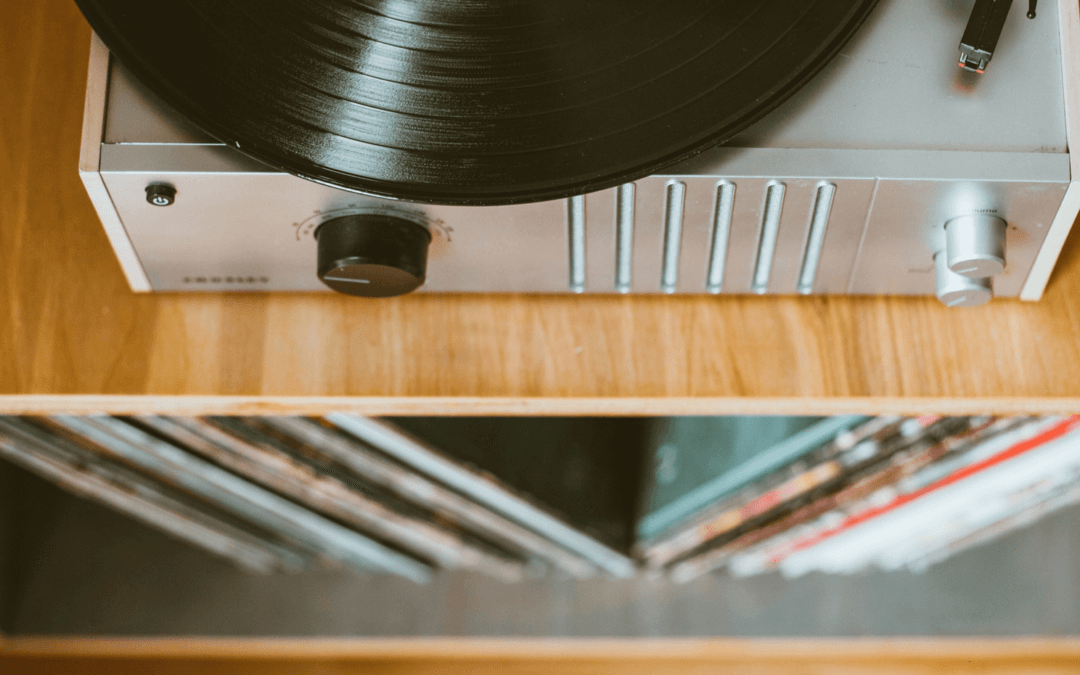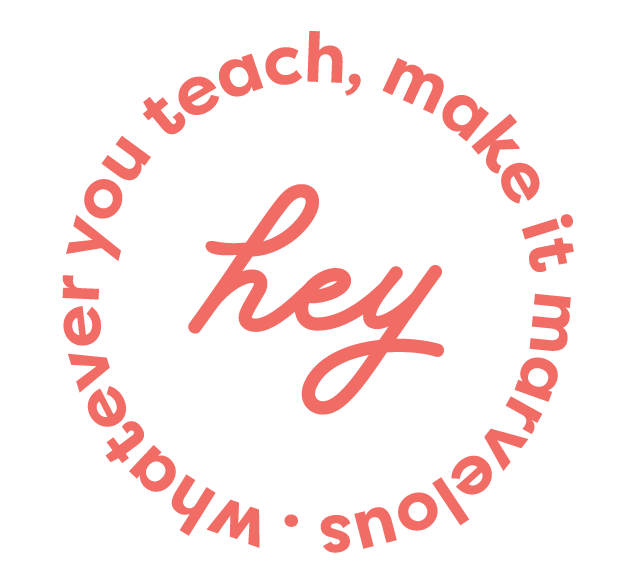How to Use Royalty Free Music in Your Online Yoga Videos
Music is an integral part of many wellness classes, and can be especially important to online instruction.
The right playlist adds depth and personality to a yoga video, helping set the tone for the class and creating a relaxed, welcoming atmosphere for the student.
But music use can be tricky. Especially if you want it to be fully legal (which, of course, you do!)
Playing music during a live or recorded class is considered to be a “performance,” which means if you do it without the proper licenses in place, you can get slapped with hefty fines! It’s easy to think that, as a small studio or single teacher, you might be able to fly under the radar. But even small businesses can be targeted by Performing Rights Organizations like ASCAP for illegal music use. And even if you’re not charging for a class or video, or simply playing a radio station in the background at your studio, you may still be on the hook for music licensing fees. The fines can be crushing, but shelling out for the appropriate use rights is awfully spendy, too.
So what’s a yoga teacher to do?
Royalty Free Yoga Music
There are only two foolproof ways to avoid all fines and legal entanglements:
Use music you wrote and recorded yourself, or
Skip music altogether
But many of us lack musical talent and access to swanky recording studios. And others feel that our classes are stilted and awkward without a soothing melody playing in the background. So the foolproof options may not suit our real-world needs. Luckily, there’s a third option that’s generally affordable, simple to secure, and ideal for wellness practitioners: Royalty-free music.
Royalty-free works—which include music, photos, illustrations, and other creative media—grant individuals the right to use a work without paying royalties or license fees for each use. Unlike other copyrighted artistic works, these are meant to be shared and used often and in a multitude of ways.
Just so we’re crystal clear, royalty-free music is often available at low or no cost, but you still need to secure permission from the owner or creator before you use it!
Don’t go thinking that just because a song is labeled as “royalty-free” you can download and use it without jumping through a few legal hoops first. Permission is usually easy to obtain and applies across use platforms, but you’ve still gotta get it. And you definitely need to review the terms of use with a careful eye; Some agreements give you the right to use music both live and in recordings, some give you permission to use a piece indefinitely, and others are more restrictive. Read carefully, and make sure you fully understand the parameters before you begin using a royalty-free song in every video you post.
How to find and use royalty free music in your online videos
More good news: The Internet is absolutely teeming with stellar royalty free music! You can definitely perform your own searches—especially if you’re seeking a particular style for a specific use—but here are a few popular music libraries that are well worth perusing.
Incompetech: A composer named Kevin MacLeod runs this wildly popular royalty free music site, which is chock full of free and affordable songs. (The site is SO popular among YouTubers that you’ve probably heard MacLeod’s recordings before without even realizing it!) Licenses are simple to decipher and generous in their use restrictions.
YouTube Audio Library: This selection of songs is free to everyone, and you can even download and use them in videos that won’t reside on YouTube. You can browse by genre, mood, instrument, duration, or required attribution for a particular song. Click on a song title and the associated rights and restrictions will appear just below the title.
Epidemic Sound: This site is more of a music service than a library. The company owns full rights to every song they offer, so you pay Epidemic directly and get access to their 30,000-track collection. Hundreds of new tracks are released each month. Licenses start at $0.99 per second of music used, which may sound hefty, but gives you unlimited indefinite use rights.
The Public Domain Project: Works in the public domain were generally created before 1922, and have been released from all copyrights for free public use. This means some of the music is a little old-timey, but also includes some utterly lovely classical pieces ideal for yoga, wellness, and healing classes.
Audio Micro: This stock music library houses nearly 300,000 tracks, including ambient, classical, jazz, and folk. Audio Micro serves some big name clients including CBS and Microsoft, so fees are a little high. Expect to pay $120 per month for full use of up to five tracks. But the quality of the songs is outstanding, so depending on your needs and budget, this resource may still be worth investigating.
Free Music Archive: Founded by freeform public radio station WFMU, this massive site offers users access to thousands of amazing and totally free songs. Click on a song title, then look for the Creative Commons license in the bottom right corner to see what kind of attribution is required.
Sound of Picture: Specifically tailored to users who need soundtracks for visuals, this site is run by Chad Crouch, proprietor of HUSH Records and former bandleader of Blanket Music. An array of affordable licensing options is available for every song.
Another resource worth investigating is this four-hour collection of ambient songs that Moby has offered up for free. It’s quiet, soothing stuff that he created for his own yoga and meditation practices, and has shared in hopes that others will do the same. His message says that the music isn’t “protected,” but also doesn’t openly encourage its use in money-making endeavors … so this collection might be better used in live classes than on videos.
When NOT to include music
Remember, too, that although music can add dimension to your videos, it doesn’t need to be played constantly from start to finish. Although the perfect song will make any series of poses more engaging, music and spoken instruction can clash. And varying the soundtrack between musical interludes and moments of silence can create some helpful contrast.
And, of course, make sure the music you choose is on-brand and appropriate for the activity showcased in your videos. If you’re an upbeat, motivational teacher, slow, sad classical music might seem out of place as the background for your classes. Conversely if you focus on serenity and healing, anything fast-paced or percussive may feel jarring. The tracks you select should align seamlessly with your brand presence.
We hope this primer on finding and using royalty free music in your online wellness videos was helpful! Remember to err on the side of caution whenever you want to incorporate someone else’s artistic creation into your own work, and make sure you know exactly what you’re getting when you sink money into a licensing agreement.
The only thing worse than getting a top-ranked yoga class yanked from YouTube is the hefty copyright infringement fine that may follow. So know your use rights, credit your musicians, and have fun mining the royalty free treasure troves for the perfect soundtrack!


